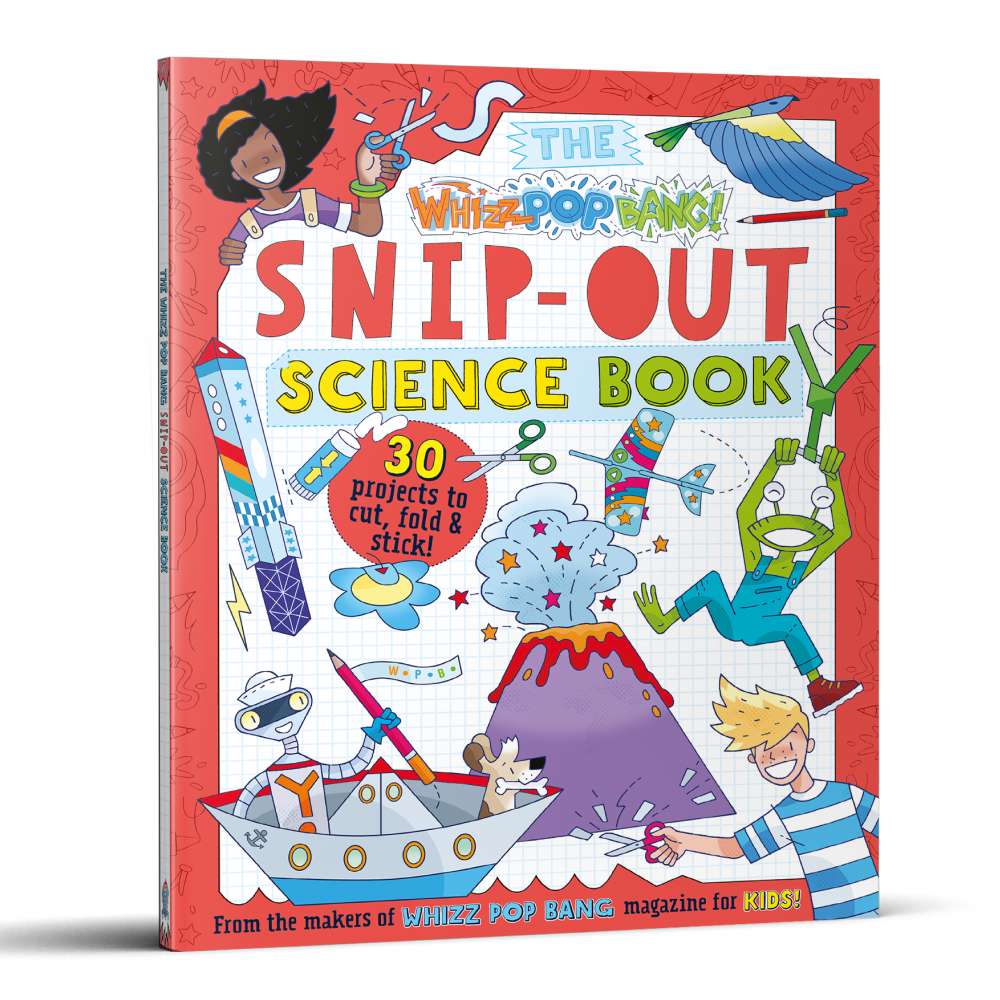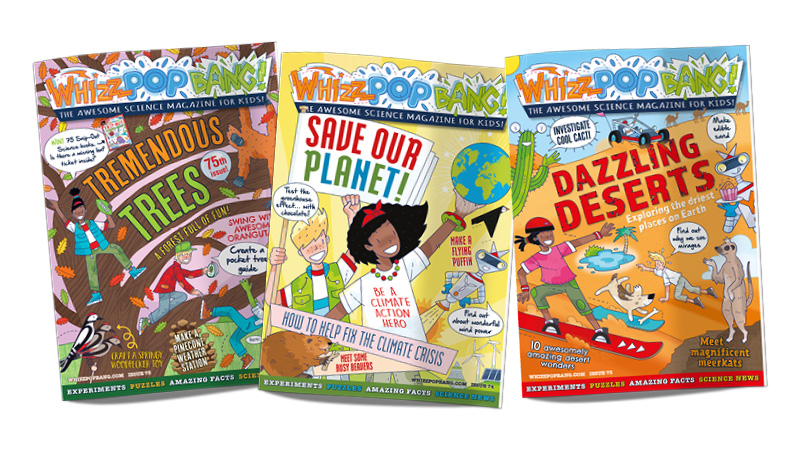🎄 Watch a chain of beads flow upwards and out of a glass – this is surely the most fun you can have with your Christmas decorations! Every year, our children look forward to this moment almost as much as the big day itself!
🎄 You’ll notice that the chain arcs over the rim of the glass, going upwards, before being pulled downwards. So how does it work? This is a cool physics problem to ponder! It happens because the chain acts like lots of connected little rods. When you pick up one end of a rod, that end of the rod goes up, and the other end tries to go down. However, if the downward force is stopped by the pile of beads below it, there is a small kickback, and the rod is pushed upwards. That upwards thrust at each link in the chain is what makes the chain rise. This is an easy activity to try for yourself at home! Just make sure that you feed the chain gradually into the glass from one end so that it doesn’t get into a tangle when it’s flowing out. You could experiment with letting the chain fall from different heights (for example by standing on a step compared to sitting down) to see if that makes a difference to the height that the chain reaches.
🎄 Have you ever seen a chain fountain in action before? Watch a Mould effect video, otherwise known as a chain fountain phenomenon video here! It’s the perfect simple science experiment to try at home!
Special Christmas Offer
Use coupon code: XMAS23
For a limited time, whilst stocks last, we’ll send you a FREE copy of the 100th edition of Whizz Pop Bang when you purchase a new subscription using the coupon code XMAS23.

Imagine how excited your child will be to receive all of this on Christmas Day…
• Our movie edition ‘LIGHTS, CAMERA, ACTION!‘ as your first magazine
• FREE copy of the ‘SCIENCE PARTY‘ magazine!
• FREE gift card printed with your message to the child
• FREE festive packaging
Plus, your child will receive a magazine addressed to them through the letterbox every month!
Each month will bring a whole new world of excitement, with topics like Ancient Greeks, Outer Space, Bees, Aliens, Rainforests and Medicines.
HURRY! Order by midnight on 17th December for your items to be dispatched by Royal Mail’s last posting date for Christmas. This offer ends on 20th December or until stocks last. Place your order today to make sure your child doesn’t miss out.
Use coupon code: XMAS23
At the checkout, when asked ‘When would you like your subscription to start?’ select ‘Delivery as soon as possible‘.
* Christmas offer only valid on new 6 and 12-monthly subscriptions using the code XMAS23. At the checkout, when asked ‘When would you like your subscription to start?’ select ‘Delivery as soon as possible.’ Order by midnight on 17.12.23 for your items to be dispatched by Royal Mail’s last posting date for Christmas. Offer valid while stocks last or until midnight on 20.12.2023. Don’t forget to use the code XMAS23 at the checkout. Not valid in conjunction with any other offers.



